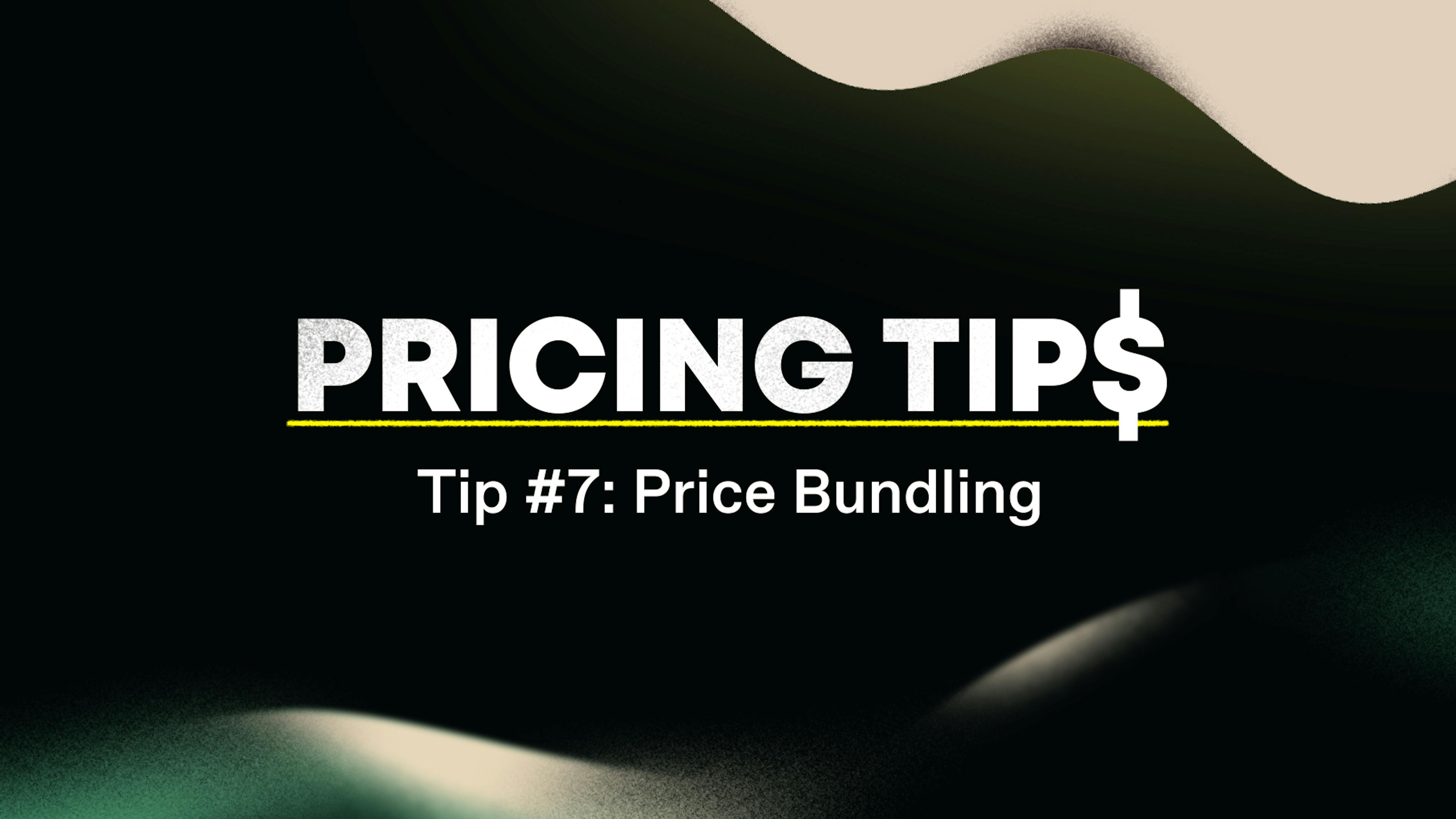
Tip 12: Secondary Value Metrics
In this episode, our experts discuss how to strategically use secondary value metrics to encourage customers to upgrade to higher-tier plans, ultimately boosting your revenue. Learn how to identify and implement the right secondary metric that complements your primary value metric and appeals to your customer base. With practical tips and real-life examples, this episode will help you unlock the full potential of secondary value metrics and drive business growth. Don't miss this essential guide to leveraging secondary value metrics for maximum revenue impact!
Welcome to 20 days of pricing tips—part 12. I’m Jordan, a member of the pricing team and I’ve worked on 25 different pricing projects. Today we're breaking down Secondary Value Metrics.
How do you charge for your product? Per user, gigabyte, location? These are all examples of common value metrics in the SaaS space. While there are some pretty wonky examples out there, today we want to chat about using more than one value metric to optimize growth. It's super important for companies to have done their research on what value metric(s) make the most sense to their customers and enable a smooth sales and upgrade path.
Once you've identified a really strong primary value metric, you may want to consider a second one to push customers into higher-tier plans. A simple example of this might be software for retail companies that charges primarily based on the number of customers they sell to.
Perhaps, though, you also want to take advantage of those retail stores that sell to lower volumes of customers but have many locations (think, luxury brands). This would be a great opportunity for locations as a secondary value metric. This enables you to push those customers who might otherwise fall into a lower tier based on the primary value metric into a higher tier.
Want these tips directly in your inbox? Email Patrick@profitwell.com and we’ll get you set up.






